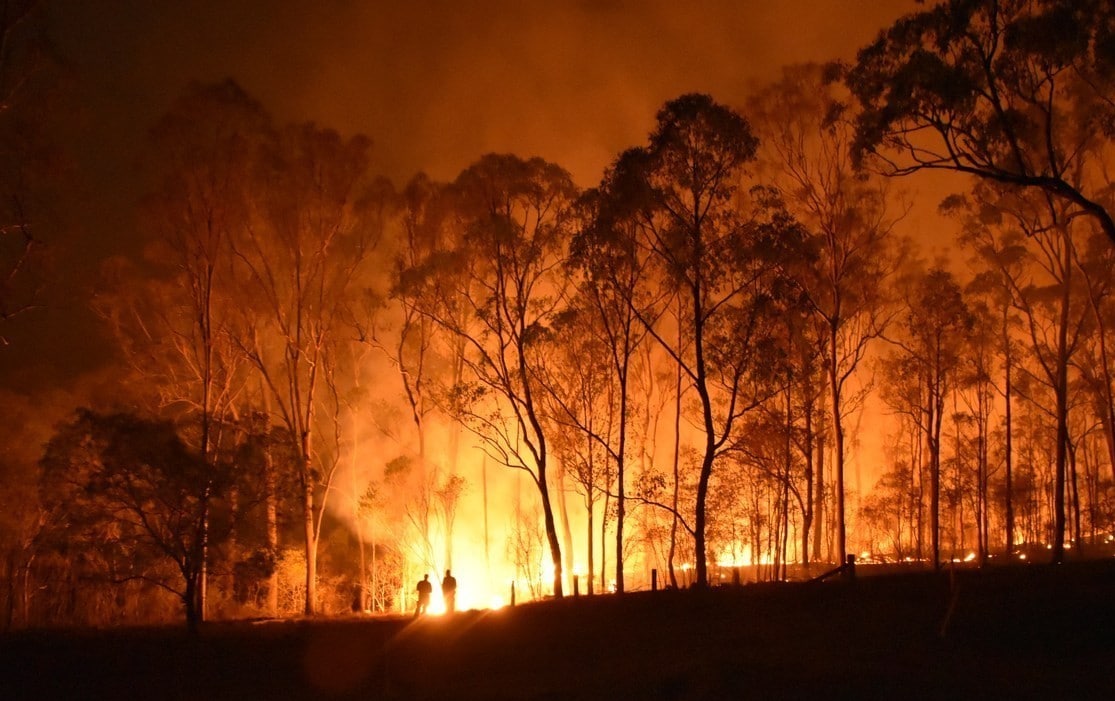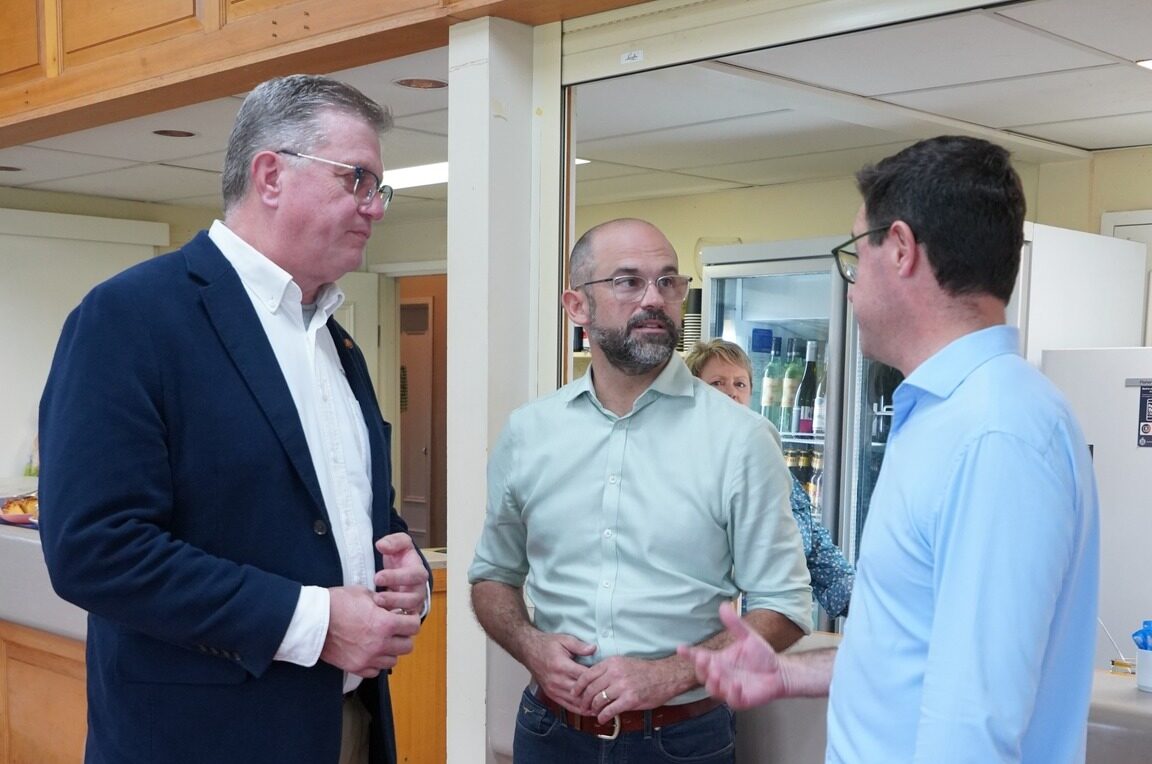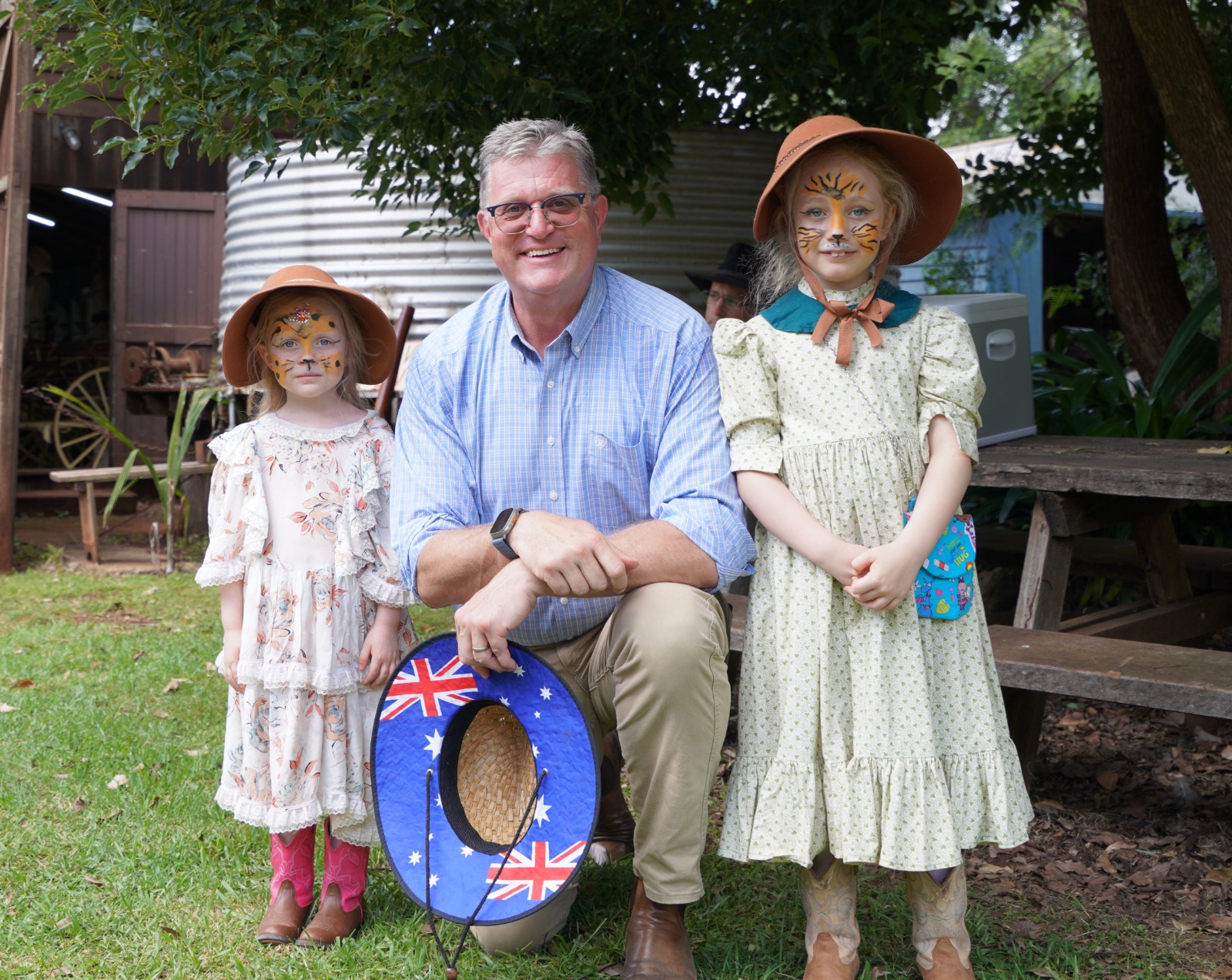Wednesday, 2nd September 2020
The Australian Government’s Royal Commission into National Natural Disaster Arrangements interim report has highlighted opportunities for improvements that line up with the LNP’s 10-point Bushfire Mitigation Plan.
LNP Shadow Minister for Fire and Emergency Services Lachlan Millar said that the report, released on August 31, endorses key elements of the LNP’s comprehensive plan to get Queensland bushfire ready.
“The report clearly points to the fact that State and Territory Governments have the responsibility of managing natural disasters including preparation and mitigation activities,” Mr Millar said.
“This is an endorsement of LNP’s bushfire mitigation plan which will increase preventative measures, provide certainty for landholders and support frontline firefighters.
“In emphasising that the ‘practical implementation of land management rests with the landholder’ the report prioritises the importance of the LNP’s plan to streamline ‘right to burn’ rules if approvals are not processed in 15 days**.
“The report also outlines the importance of prescribed burning, mechanical clearing—such as slashing, thinning and mowing—and grazing by animals as managing bushfire behaviour and increasing the potential for suppression***.
“Labor has failed to meet its targets for ‘Operation Cool Burn’ five years in a row.
“It’s hard to believe that after last year’s horrendous bushfires, the Palaszczuk Labor Government still hasn’t met its own hazard reduction targets.
“Labor has no performance targets for holding government departments to account, which is why the LNP’s bushfire plan includes a commitment to complete 98% of all planned hazard reduction activities.
“The LNP also has a plan to allow monitored grazing in state forests and some national parks to manage fuel loads
“The report also lines up with the LNP’s plan to trial a traditional burning program run by indigenous rangers****.
“Labor should release the actual number of planned and delivered hazard reduction burns, instead of fudging the figures.
“A Deb Frecklington LNP Government will undertake adequate mitigation activities to ensure Queensland lives and properties are protected from future bushfire threats.”
* Bushfire Royal Commission – Interim Observations 31 August 2020: https://naturaldisaster.royalcommission.gov.au/system/files/2020-08/Interim%20Observations%20-31%20August%202020_0.pdf
** Public and private land management: Page 16
*** Public and private land management: Page 16
**** Indigenous land and fire management: page 17
The LNP’s 10-point bushfire mitigation plan
One-stop-shop for streamlined approval process: The LNP will establish a single point of contact for all landholders (local, state and federal) to answer and enable bushfire mitigation inquiries, as recommended by the 2018 IGEM report.
Deemed approval after 15 business days under a “right to burn” model: Properly made applications will be automatically approved after 15 business days to give landholders and councils certainty. This will stop permits getting lost in bureaucratic process and restore accountability and bring certainty to landholders and allow government to scale up or down resources to respond to demands for permits.
New KPIs to achieve 98 per cent of hazard reduction activities: There are currently no KPIs holding government departments to account on hazard reduction burns, the creation of firebreaks and community education. Between 2016 and 2019, only 54% of hazard reduction burns planned have been completed. There’s also been a 30 per cent reduction in completed overall hazard reduction activities.
Indigenous rangers to undertake traditional burning: The LNP will trial a traditional burning program run by indigenous rangers. The program won’t replace Rural Fire Brigades’ role in managing and coordinating hazard reduction burns. It will compliment pre-existing efforts by combining traditional and modern burning practices. Blending cultural and modern burning techniques has proven successful and should be expanded.
Establish a Natural Disaster Cabinet Committee to monitor preparations: The group will be chaired by the Emergency Services Minister and QFES Commissioner. It will monitor the progress of state departments and landholders conducting hazard reduction activities.
Monitored grazing in state forests, some national parks to manage fuel loads: The 2018 IGEM report cited grazing as a measure used in conjunction with a suite of hazardreduction measures. Grazing will be monitored to protect the environment but also managefuel loads.
Establish metropolitan-based Rural Fire Volunteer brigades: Just like in Sydney and Melbourne where brigades exist that are operated by volunteer firefighters that can be called on during extreme bushfire events to surge capacity, a similar model should be investigated in Queensland to make use of the large number of SEQ based volunteers.
Restore local control to Rural Fire brigades: This will restore recent management structure changes that pushed local fire brigades under the reporting authority of regional urban fire groups.
Establish a Rural Fire Board: The Rural Fire Board will be made up of respected rural fire brigade members from across Queensland as well as members appointed by the Government. Future policy direction or matters that affect brigades and volunteers would need to be accepted or made workable by this representative board.
Review of aerial firefighting capability: A review and stock take of aviation fire assets in Queensland to ensure the state’s capacity will accommodate future increased fire risks.




